

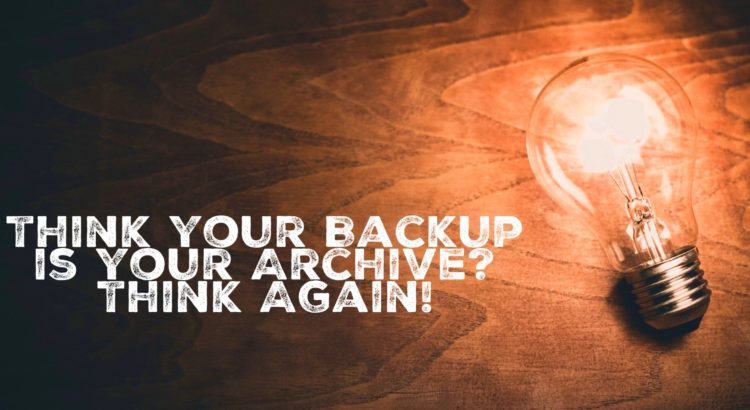
Think your Backup is Your Archive? Think Again!
The challenges of archiving structured and unstructured data
Traditionally, organizations had two electronic storage technologies: disk and tape. Whilst disk became the primary storage media, tape offered a cost-effective media to store infrequently accessed contents.
This led organizations to consider tape as not just a backup media but as the organization’s archive which then resulted in using monthly full system backups over extended durations to support archiving requirements.
Over time, legislative and regulatory bodies began to accept extended time delays for inquiries and investigations caused by tape restore limitations.
Since the beginning of this century, the following trends have impacted the IT industry:
- Single disk drive capacity has grown exponentially to multi-TB delivering cost effective performance levels.
- The exponential growth of unstructured data due to the introduction of social media networks, Internet of Things, etc. have exceeded all planned growth.
- The introduction of cloud storage (storage as a service) that offer an easy way to acquire storage services with incremental investment that fits any organization’s financial planning at virtually infinite scalability.
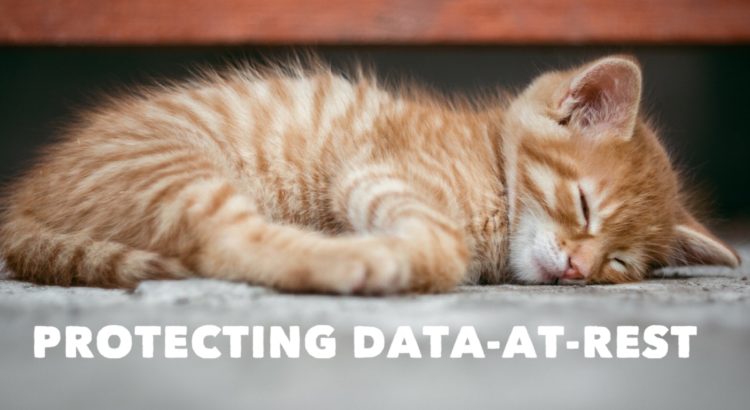
A Q&A on Protecting Data-at-Rest
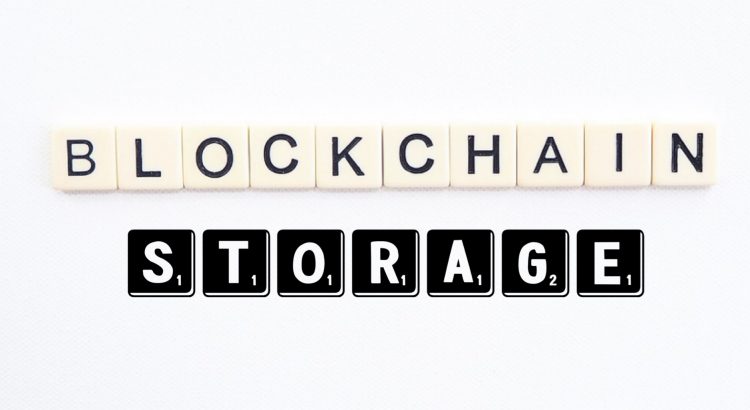
Standards Watch: Blockchain Storage
Is there a standard for Blockchain today? Not really. What we are attempting to do is to build one.
Since 2008, when Satoshi Nakamoto’s White Paper was published and Bitcoin emerged, we have been learning about a new solution using a decentralized ledger and one of its applications: Blockchain.
Wikipedia defines Blockchain as follows: “A blockchain, originally block chain, is a growing list of records, called blocks, that are linked using cryptography. Each block contains a cryptographic hash of the previous block, a timestamp, and transaction data (generally represented as a Merkle tree).”
There are certain drawbacks which are significant in today’s applications for Blockchain solutions:
Read More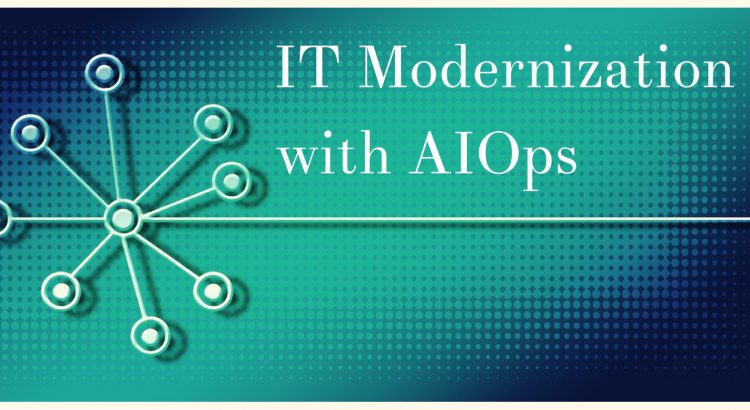
The Role of AIOps in IT Modernization
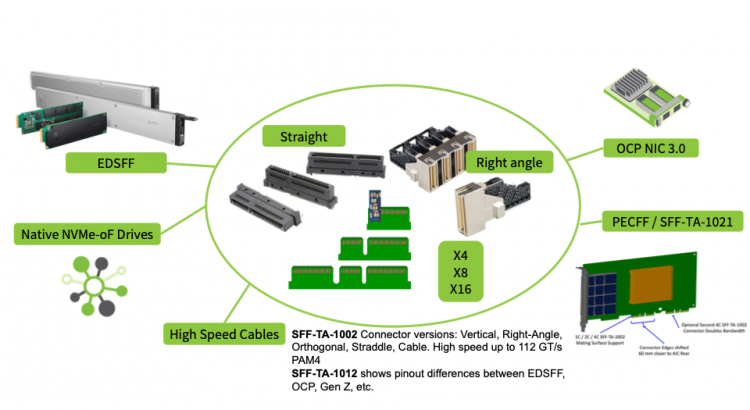
Are We at the End of the 2.5-inch Disk Era?
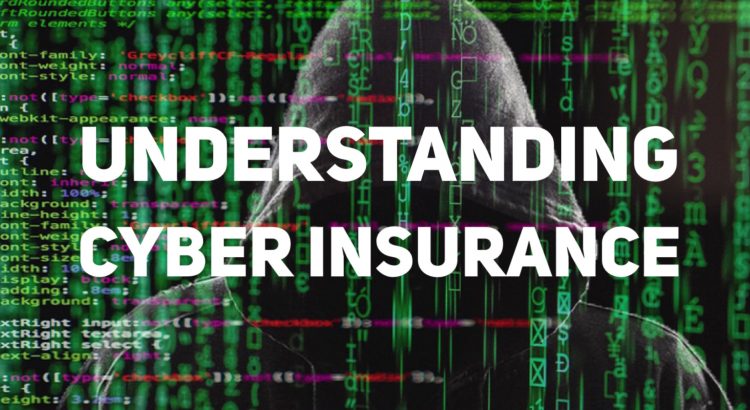
Where Does Cyber Insurance Fit in Your Security Strategy?
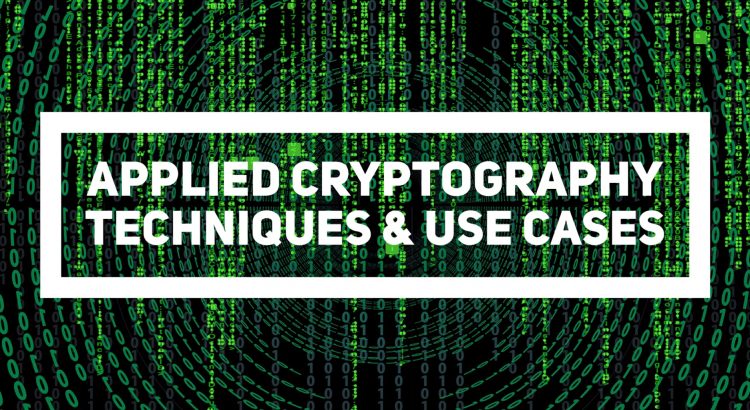
Applied Cryptography Techniques and Use Cases
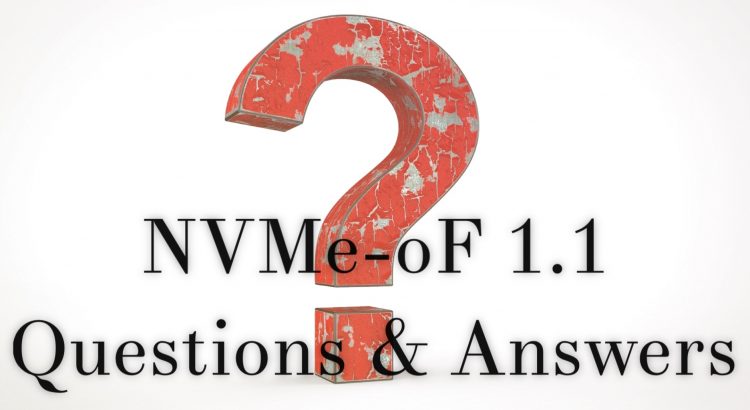
Notable Questions on NVMe-oF 1.1
 1.1” we explored the latest features of NVMe over Fabrics (NVMe-oF), discussing what’s new in the NVMe-oF 1.1 release, support for CMB and PMR, managing and provisioning NVMe-oF devices with SNIA Swordfish
1.1” we explored the latest features of NVMe over Fabrics (NVMe-oF), discussing what’s new in the NVMe-oF 1.1 release, support for CMB and PMR, managing and provisioning NVMe-oF devices with SNIA Swordfish , and FC-NVMe-2. If you missed the live event, you can watch it here. Our presenters received many interesting questions on NVMe-oF and here are answers to them all: Read More
, and FC-NVMe-2. If you missed the live event, you can watch it here. Our presenters received many interesting questions on NVMe-oF and here are answers to them all: Read More
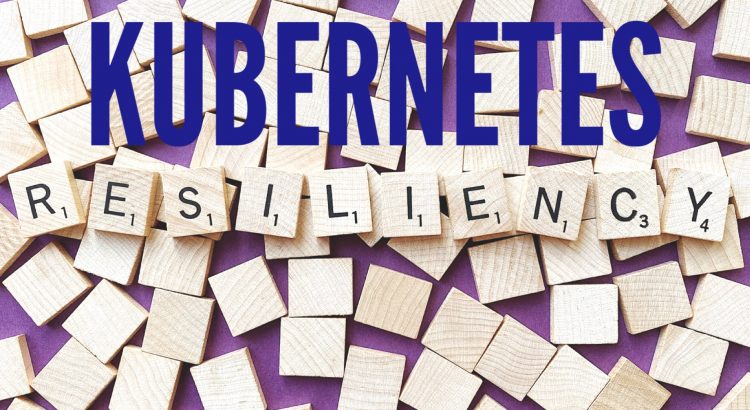
Kubernetes Business Resiliency FAQ
The SNIA Cloud Storage Technologies Initiative continued our webcast series on Kubernetes last month with an interesting look at the business resiliency of Kubernetes. If you missed “A Multi-tenant, Multi-cluster Kubernetes Datapocalypse in Coming” it’s available along with the slide deck in the SNIA Educational Library here. In this Q&A blog, our Kubernetes expert, Paul Burt, answers some frequently asked questions on this topic.
Q: Multi-cloud: Departments might have their own containers; would they have their own cloud (i.e. Hybrid Cloud)? Is that how multi-cloud might start in a company?
A: Multi-cloud or hybrid cloud is absolutely a result of different departments scaling containers in a deployment. Multi-cloud means multiple clusters, but those can be of various configurations. Different clusters and clouds need to be tuned for the needs of the organization.
Read More